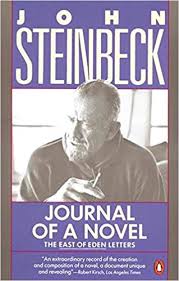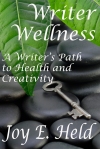This article may contain affiliate links which may result in the author receiving a commission when readers purchase items through the links.
Crave chocolate but want less sugar? Lily’s to the Rescue.
Lily’s brand chocolate bars and products are decent options when you’ve decided to reduce or cut your sugar consumption AND improve your brain and heart health by eating dark chocolate (cacao). But why make these dietary changes in the first place?
Chocolate contains some decent vitamins and minerals that our bodies are happy to make use of. Cacao itself without “a spoonful of sugar” to help the medicine go down tastes downright nasty. Consequently, eating chocolate generally interferes with any desire to watch one’s sugar intake because the first thing the Spanish conquistadors did was add something sweet to the brew they discovered in Central America way back when. Sweetener of choice was and is sugar. Sugar turns to fat in the body. The kind of fat that’s difficult to purge. Choosing good-for-you chocolate means eating dark varieties that contain more of the components such as flavonoids AND is produced with healthier sweetener alternatives such as stevia or monk fruit. Bear with me. This is the good part of the story.
I’m no Sheldon, but I can understand that flavonoids, like those in chocolate, are chemicals, good ones, found in plants and vegetables that help cells do their thing like function the way they are supposed to. This is according to multiple studies on dementia and Alzheimer’s disease. There are indications that flavonoids help reduce inflammation and plaque buildup which are problems associated with heart disease as well. Cacao is loaded with the good flavonoids as are many other foods and beverages. Eating healthy chocolate with less sugar or sweetener alternatives is good for your heart, head, and belt size. After much experimentation, I’ve found Lily’s brand products a satisfying choice for cooking (I put it in my chili,) baking (the chips are divine,) and for an everyday dessert (just a few squares does the trick.)
The Romance of Chocolate
No denying at this point that human beings have had an extended, romantic affair with chocolate. What we like about it, as far as I’m concerned, is the sweetness, the smooth, melty sensation, and the aftereffects. It is a consumable drug, after all. There is also the emotional factor associated with chocolate as in romantic holidays or anytime you want to say, “I love you.” A chocolate bar speaks louder than words alone. How did this happen?
This less than five-minute TedEd video written by educator Deanna Pucciarelli lays out a history of chocolate. Not only is it a decent introduction to the cacao bean’s checkered past, but it also doesn’t hurt one’s research as a writer to know details about the things we put in our books. The video provides some social commentary in the sense of unsavory practices involved in growing and harvesting the magic beans. Here’s the low-down. Cacao beans are grown mostly near the Earth’s equator in primarily rain forest regions because it needs high humidity, lots of rain, steady warm temperatures, and protection from the wind blowing it off the branches too soon.
And it’s been cultivated for thousands of years beginning in Central America and spreading to other countries along the rain forest belt of the planet. It was a spicy, stimulating drink for rulers and soldiers in Mesoamerica, used as currency in the exchange of goods and services, and available mostly to wealthy people. At first. As I said, the Spanish got a hold of it and added sugar (or honey, etc., again something available only to the elite,) and the rest of the story is what we stare at while waiting in line at the grocery store and fight with our kids about over eating too much. Too much what? The chocolate or the sugar? Both.
My mother said, “Anything in excess usually results in a problem.” But sometimes, the only thing that will calm the twitch is chocolate. Do the diligence and read the labels on commercially available chocolate candy. Besides the history and the benefits, know that quality cacao products containing better for you sweeteners have a magic about them that only testing will bear out. I can’t explain it, but you will eat less candy by choosing brands such as Lily’s. The company isn’t suffering because of this. They are a mission-driven group that source ingredients with a consciousness good for you, the company, and the globe.
When you subscribe to My WriteDay, you’ll undoubtedly find a Lily’s product in the box from time to time.
I hope your WRITEDAY is fantastic.
Joy
Women with clean houses do not have finished books. ~Joy E. Held
Connect with me:
My ideas are not ever meant as a substitute for consulting with a qualified health professional.
The September/October My WRITEDAY subscription box “Back to the Books” ships September 20!
My WRITEDAY is a subscription box program that delivers curated products from authors, creators, and small businesses to writers and readers in the US. It’s unique in that many products are sourced from writers who are also crafters and artisans. Each box delivers a writing craft book of the month and 3-7 items associated with the key concepts (journaling, fitness, relaxation, nutrition, and creative play) of Writer Wellness, my flagship program and book (Headline Books, Inc. 2020.)
Each box is inspired by literary themes, genres, and holidays. Every box includes access to My WRITEDAY digital magazine filled with writing and publishing tips, writer wellness ideas, fiction excerpts, poetry, special offers, social media options such as live virtual meetings, and more.
The idea behind My WRITEDAY is to help writers spend more time creating stories, engaging with like-minded book friends, and enjoying the juicy, creative life they deserve. From craft books to office supplies to fun, writing/reading inspired décor, subscribers will discover an experience designed to offer a healthful plan for living your best writing life.
Advertisement


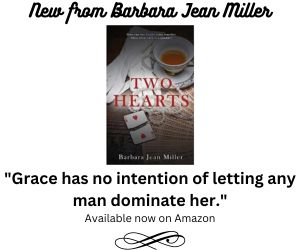
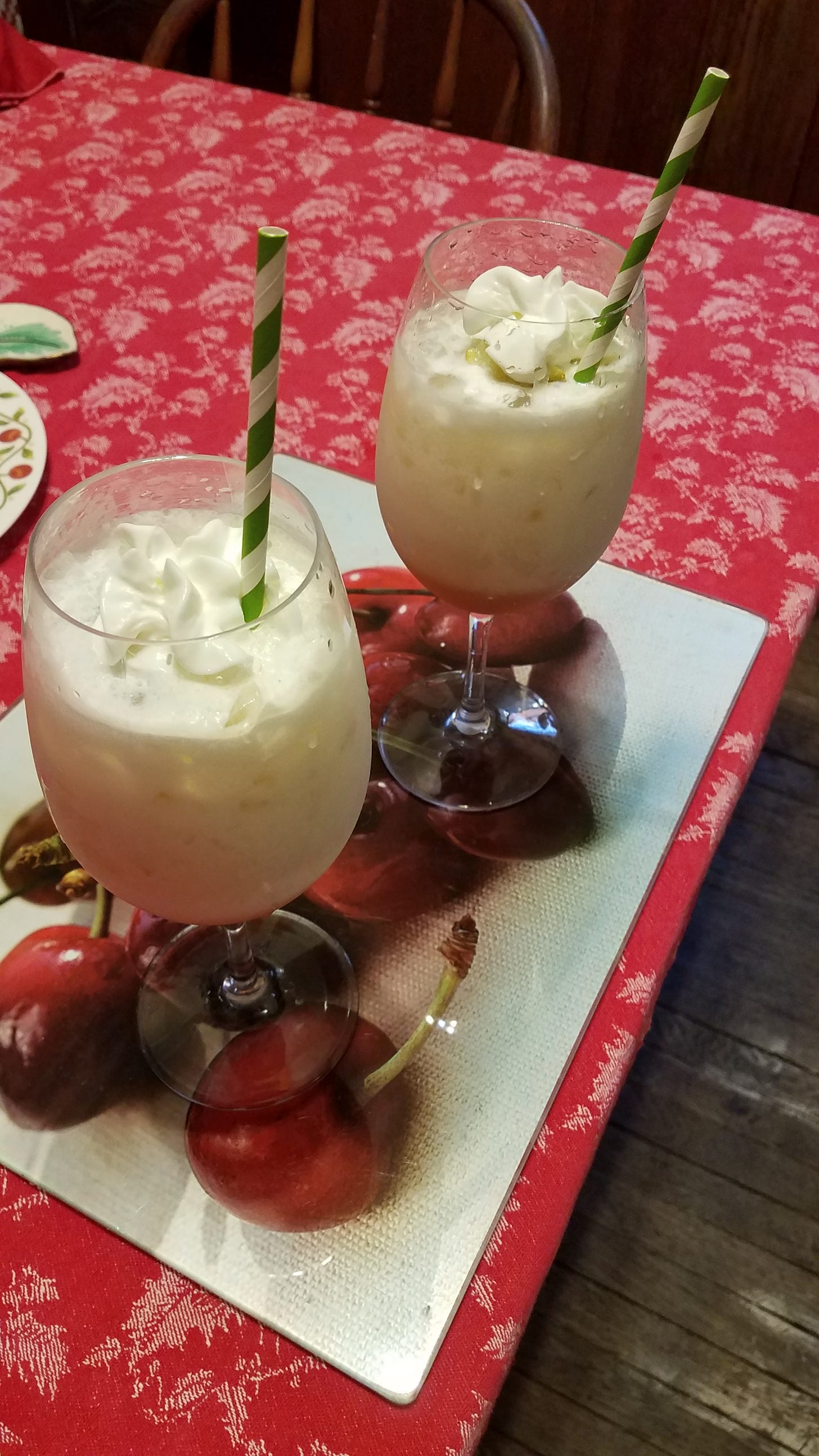
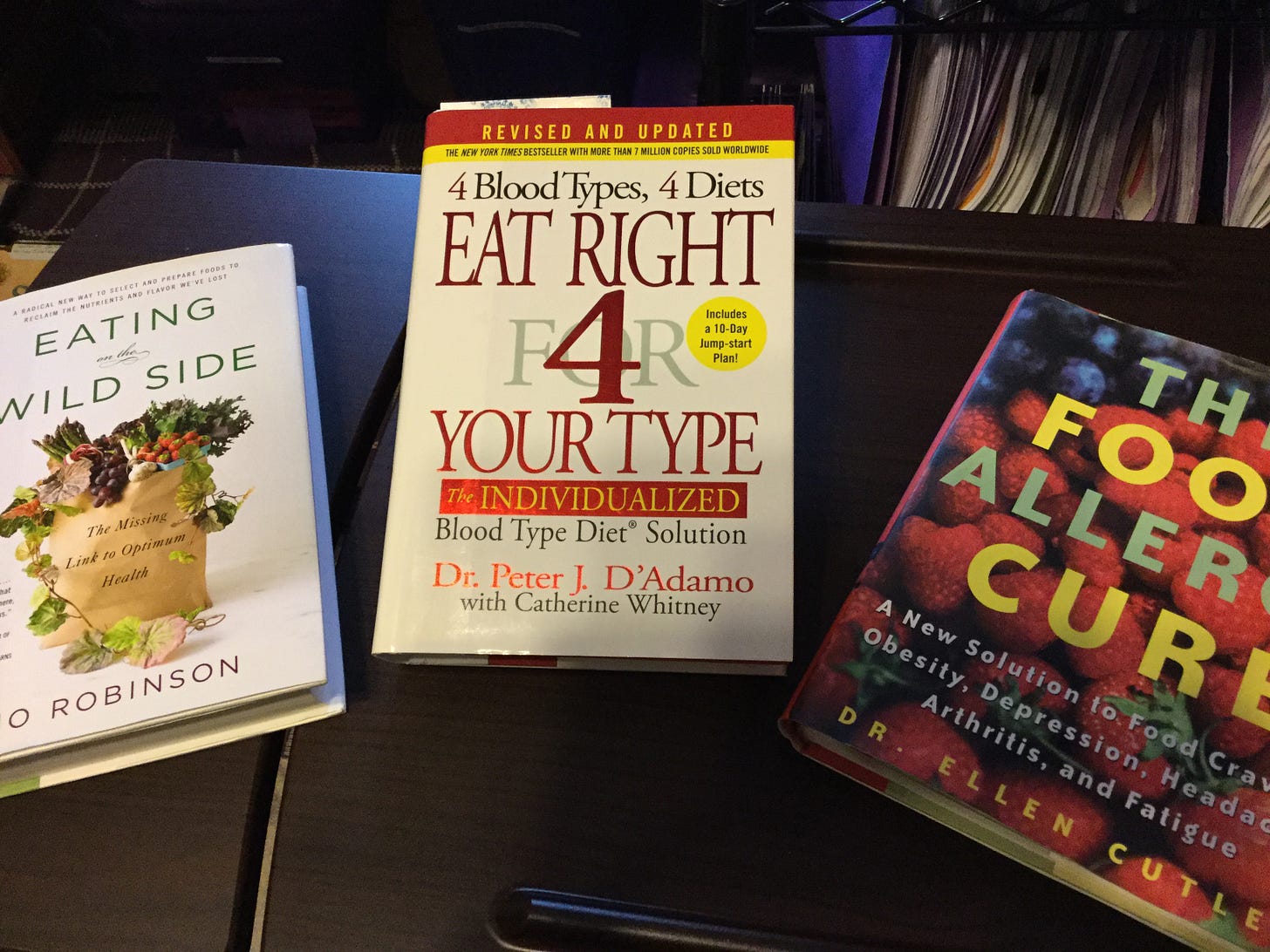


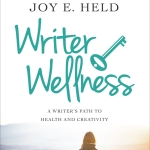 The idea for my book and workshop Writer Wellness: A Writer’s Path to Health and Creativity
The idea for my book and workshop Writer Wellness: A Writer’s Path to Health and Creativity 